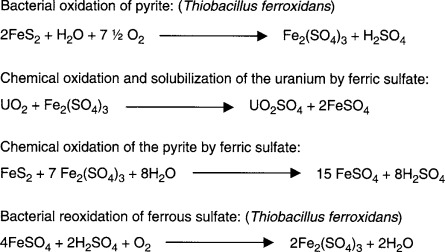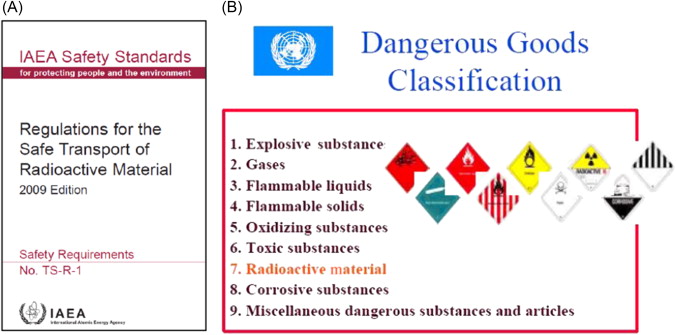Introduction.
For a deeper understanding of radioactive waste management, basic knowledge about what and how radioactive waste is created is fundamental.
Radioactive waste, or otherwise called nuclear waste, is the waste material that contains radioactive material. This type of waste is usually a byproduct of processing plants, research facilities, and hospitals; however, it is commonly associated with nuclear reactors. The process of fission within nuclear reactors; the decommissioning and dismantling of nuclear reactors and any other nuclear facilities are related to radioactive waste material.
Classification of Radioactive Waste
Classification is a necessity to ensure the management of such waste suits the type, risks, and volume of radioactive waste. There are two standard classifications:
- High-level waste (HLW) : It comes from the reprocessing of nuclear fuel unloaded from reactors. It is highly radioactive where its radioactivity is comparable to that of vitrified waste.
- Low-level waste (LLW): LLW mostly comes from commercial uses of radioactive materials. It may originate from contaminated objects such as gloves, laboratory apparatus, metal industry, and food processing plants.
Waste management
Radioactive waste management includes the treatment, storage, and disposal of airborne, liquid, and solid effluents generated in nuclear operations. The methods used involve chemical transformation, namely:
- Limit generation: The first and vital step in the management of radioactive wastes.
- Delay and decay: This is frequently an essential strategy since much of radioactivity in nuclear reactors and accelerators does not last long.
- Concentrate and contain: This is used for longer-lived radioactivity whereby the radioactive waste is contained in corrosion-resistant containers and ferried to disposal sites. There is a growing concern of leaching of heavy metals and radionuclides at these sites. The high-grade metal containers are corroded by micro-organisms. The ferric sulfate formed through biological oxidation of pyrite converts uranium to soluble uranyl sulfate.
- Dilute and disperse: This is employed for wastes with low radioactivity.

The objective of radioactive waste management
This is to deal with waste material in a way that shields the environment and the health of human beings, present and in the future, without the imposition of a burden on the generations to come. Guidelines have been developed to combat radioactive waste and radiation both on international and national levels considering radiation exposure, surveillance, and economic consequences.
Waste processing schemes
Radioactive waste is processed with high accuracy where the selection of the best technologies for the processing, which includes the International Atomic Energy Agency guidance on treatment, conditioning, and endpoints for radioactive waste materials. There is careful consideration of waste packages and acceptance criteria.
Transport.

Radioactive waste is mostly transported by tankers, trucks, barges, and trains to the site of disposal. Per internationally accepted regulations, the special waste packages are labeled, as shown above.
These special packages are further characterized as follows:
- The form whether special or not special
- The A2/g value
- The applicable A1 or A2 value
- The material nature.
Conclusion
Storage of nuclear waste is a broad and hot topic of discussion in the world today. This is because the half-lives of specific radionuclides of uranium fission range from one day to 14 billion years e.g., isotope Pu-239 has a half-life of 24,400 years. Therefore other options need exploring in radioactive waste storage to deal with the long periods to avoid exposing humans and the environment to radiation.